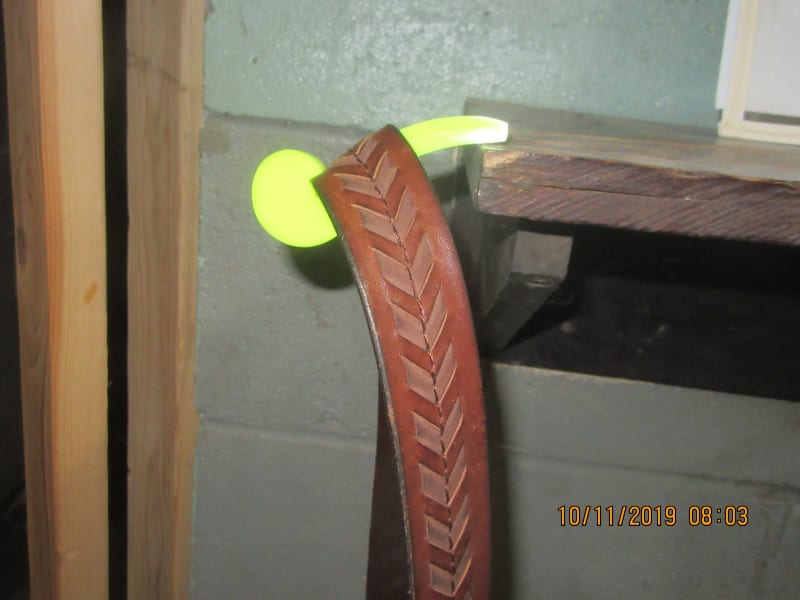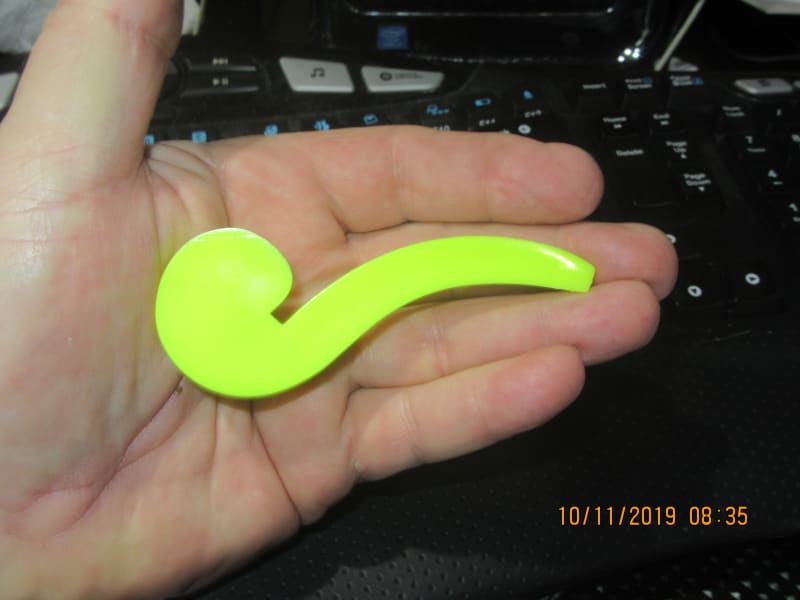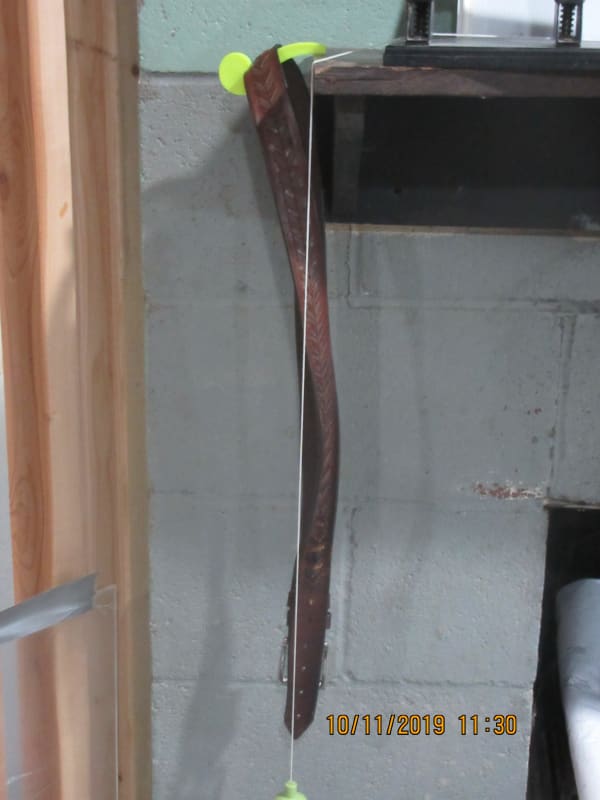Just curious if anyone has ever analyzed a Devil's Hook to show mathematically how it works. I had one of these in the 60s but lost it. Never knew what it was called. Recently found out it was called a Devil's Hook and found them for sale in Magic Shops and some other novelty internet sites. Attached are some photos and a sketch of the dimensions. I know it is all or partly related to loading through the shear center. These cost about $2 and both kids and adults are amazed by them.



[URL unfurl="true"]https://res.cloudinary.com/engineering-com/image/upload/v1570801609/tips/Devils_Hook_Dimensions_lnsvc0.pdf[/url]



[URL unfurl="true"]https://res.cloudinary.com/engineering-com/image/upload/v1570801609/tips/Devils_Hook_Dimensions_lnsvc0.pdf[/url]

